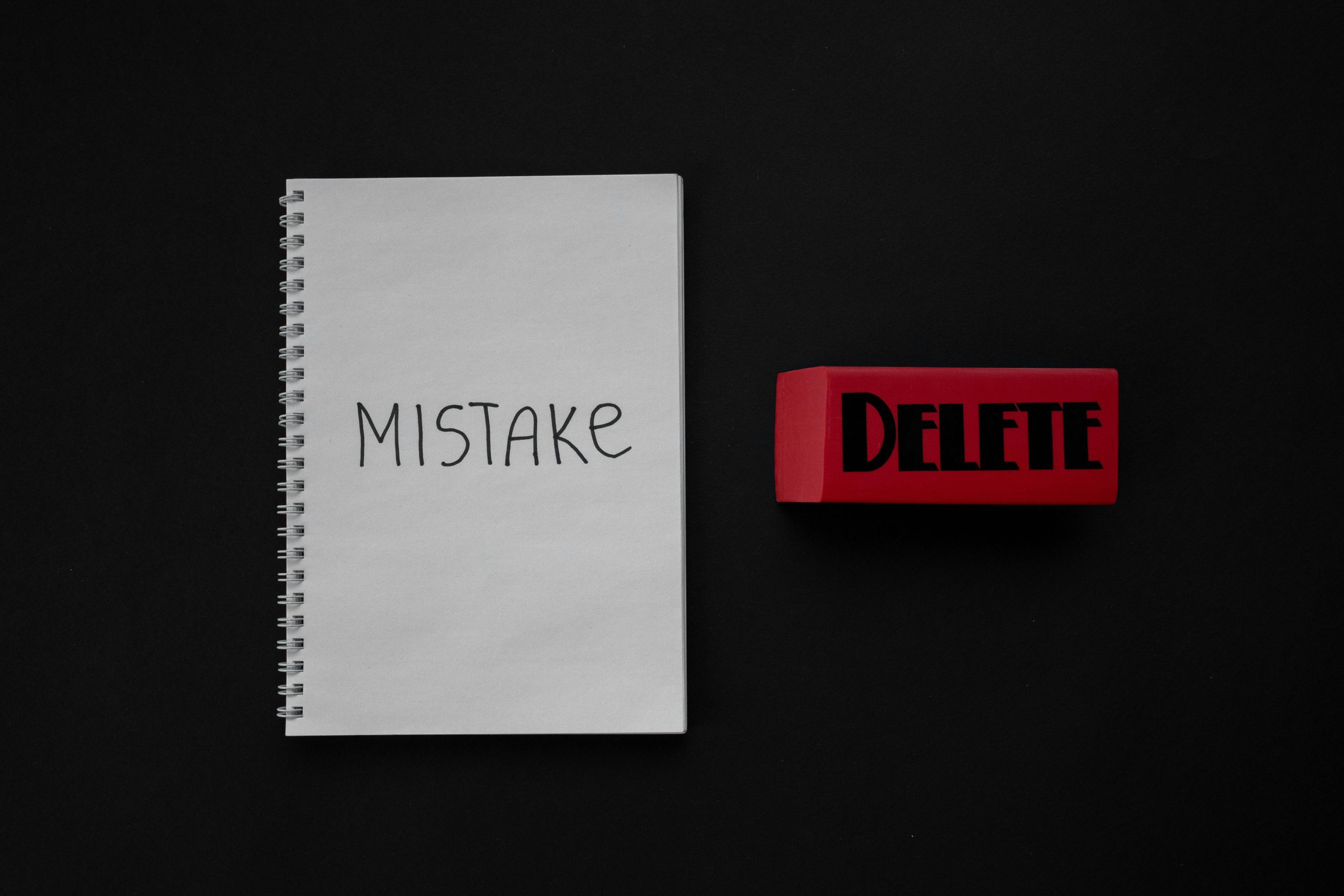The Additional Child Tax Credit
Published:
Key Takeaways
- The additional child tax credit is a refundable credit, which means you can actually receive money back even if you owe little or no federal income tax.
- For tax year 2025, you may be eligible to claim up to $1,600 per qualifying child as a refund through the additional child tax credit if part of the standard child tax credit couldn’t be used to offset your tax bill.
- You have to earn at least $2,500 in taxable income during the year to qualify for the additional child tax credit, and the amount you can claim depends on both your income and how many qualifying kids you have.
- Not everyone who qualifies for the regular child tax credit will get the additional portion—it's designed specifically for lower-income households who didn’t benefit fully from the main credit due to limited tax liability.
- You’ll need to fill out Schedule 8812 when you file your taxes to determine if you qualify for the additional child tax credit and how much you’re eligible to get back.
A Refundable Tax Credit for Parents
If you have children, you may be able to lower your tax bill by claiming the Child Tax Credit. The Child Tax Credit is a non-refundable credit, which means it cannot reduce your tax balance below zero dollars.
However, if you are unable to take full advantage of the Child Tax Credit (because the amount of your credit is more than the amount of income tax you owe), you may be able to claim the Additional Child Tax Credit as well. With the Additional Child Tax Credit, you may receive a payment for the portion of the Child Tax Credit that was not used to offset your taxes.

Here is some information about the Additional Child Tax Credit and how it works:
The (Regular) Child Tax Credit
The Child Tax Credit is worth up to $1,000 for each qualifying child. Remember that a tax credit reduces your tax liability dollar-for-dollar – so a $1,000 tax credit actually takes $1,000 off of your tax balance.
However, since the Child Tax Credit is non-refundable, it cannot reduce the tax you owe beyond $0. In other words, if your tax liability is $500 and you claim the Child Tax Credit, your liability will be reduced to $0 (meaning you can only take half of the credit). This is where the Additional Child Tax Credit comes into play.

The Additional Child Tax Credit
If the amount of your Child Tax Credit is more than the amount of tax you owe, you may be eligible to claim the Additional Child Tax Credit, allowing you to receive a payment (i.e. tax refund) for the unused portion of your Child Tax Credit.
The Additional Child Tax Credit is a refundable credit, which means it can reduce your tax balance below zero and result in a tax refund. Basically, if you have any portion of your Child Tax Credit “left over,” you may be eligible to receive some or all of it as a payment through the Additional Child Tax Credit.
The Additional Child Tax Credit may bring you a tax refund even if you don’t owe any tax. However, if you are able to claim the full amount of the Child Tax Credit, you will not be eligible for the Additional Child Tax Credit.
Note that the Additional Child Tax Credit is not a credit for additional children. It is a credit in addition to the regular Child Tax Credit. See IRS Publication 972 (Child Tax Credit) for more information about the Child Tax Credit and the Additional Child Tax Credit.
To calculate and claim your Additional Child Tax Credit, use Schedule 8812.
How the Additional Child Tax Credit Impacts Your Refund
One of the biggest reasons people care about the additional child tax credit is because it has the potential to seriously boost their refund. Unlike the regular child tax credit, which can only lower what you owe, the additional portion can put actual money back in your pocket—even if you didn’t owe any federal income tax at all. That’s what makes it refundable.
If you’ve ever wondered why your refund was larger than expected after claiming a child or two, this credit might be the reason. Say, for instance, you owed $200 in taxes and claimed one child. The full $2,000 regular child tax credit would wipe out your tax bill, but you’d still have $1,800 of unused credit left over. That’s where the additional credit comes in. Depending on your income and how much is left, you could get up to $1,600 of that back as a refund.
RELATED: Tax Breaks for Parents

Schedule 8812 (Child Tax Credit)
In order to claim the Child Tax Credit and the Additional Child Tax Credit, you must file Form 1040, Form 1040A, or Form 1040NR as your income tax return. (You cannot use Form 1040-EZ or Form 1040NR-EZ.)
Before you can determine your eligibility for the Additional Child Tax Credit, you must first calculate the amount of your Child Tax Credit. You can use the “Child Tax Credit Worksheet” included in the Instructions for Form 1040. If you answer “Yes” on Line 9 or Line 10 of the Worksheet, use Parts II-IV of Schedule 8812 (Child Tax Credit) to see if you qualify for the Additional Child Tax Credit.
Parts II-IV of Schedule 8812 will help you figure the amount of your Additional Child Tax Credit. If you have an Additional Child Tax Credit on Line 13 of Schedule 8812, you should report it on the appropriate line of your 1040 tax return.
For more information, see the Instructions for Schedule 8812 (Child Tax Credit).
Eligibility Requirements for the Additional Child Tax Credit
While the child tax credit and the additional child tax credit work hand-in-hand, the eligibility criteria for each aren’t exactly the same. That’s where some people get tripped up. Just because you qualified for the regular credit doesn’t automatically mean you’ll get the refundable portion. The IRS sets a few clear rules around who can claim the additional child tax credit, and understanding them can save you a headache during tax season.
First off, you must have at least one qualifying child under age 17. That child must be your dependent, have lived with you for more than half the year, and have a valid Social Security number issued before the due date of your return. If those basics are in place, the next hurdle is the income threshold. To qualify for any portion of the refundable credit, your earned income must exceed $2,500. Earned income includes wages, salaries, tips, and self-employment income—basically, what you make from working.
The amount you’ll be eligible for depends on how far your income goes beyond that $2,500 threshold. The IRS uses a calculation where you receive 15 percent of your earned income above that number, up to a maximum of $1,600 per child in 2025. For example, if you earned $10,000, the amount over the threshold is $7,500, and 15 percent of that would be $1,125. That would be the amount you’d receive as the additional credit if you couldn’t use the full nonrefundable portion.
There are also special rules if you’re claiming three or more qualifying children—you might qualify using a different calculation tied to Social Security and Medicare taxes paid. So while the credit is designed to help families with lower to moderate incomes, how much you actually receive depends a lot on the math.
Common Filing Mistakes and How to Avoid Them
Even though the additional child tax credit is pretty straightforward in concept, it’s not uncommon for people to miss out on it or miscalculate it. One of the biggest slip-ups is forgetting to file Schedule 8812. Without that form, the IRS won’t be able to process your claim for the credit—even if you technically qualify.
Another common mistake is claiming children who don’t meet the IRS definition of a qualifying child. For example, if your child turned 17 before the end of the tax year, they’re no longer eligible for the child tax credit or the additional portion.
It’s also important to double-check that your child has a valid Social Security number and that it was issued before the tax filing deadline. If you try to claim the credit for a child who has an Individual Taxpayer Identification Number (ITIN) instead, you won’t qualify. And if your income is too low—under that $2,500 earned income minimum—you won’t get the credit either, even if everything else checks out.
To avoid these pitfalls, make sure your information is up to date, your income is correctly reported, and you’ve filled out every required form. If you’re not sure whether your child qualifies or how to do the math, it may be worth running your numbers through a trusted tax software or speaking to a qualified preparer. A small error could mean missing out on a few thousand dollars.
The Additional Child Tax Credit: FAQ
1. What is the additional child tax credit and how is it different from the regular child tax credit?
The regular child tax credit is a nonrefundable credit that reduces how much tax you owe, up to a maximum of $2,000 per qualifying child. But if your tax bill is low or zero, you might not be able to use all of that credit. That’s where the additional child tax credit comes in. It allows you to get part of the unused credit as a refund. So even if your tax liability is too low to use the full child tax credit, the additional child tax credit can give you some of that value back in cash. It’s a refundable credit, meaning the IRS can send you money after subtracting what you owe in taxes.
2. Who qualifies for the additional child tax credit in 2025?
To qualify in 2025, you need to meet a few conditions. First, you have to have at least one child who qualifies for the regular child tax credit. This usually means they’re under age 17, lived with you for over half the year, and have a valid Social Security number. Second, you must earn at least $2,500 in income. That includes wages, self-employment income, and other taxable sources. If you don’t owe much in taxes or any at all, and part of your child tax credit is left unused, the additional child tax credit might kick in to help you receive a refund based on that unused portion.
3. How do I actually claim the additional child tax credit?
You claim it by completing Schedule 8812, which is a form used to calculate both the regular and additional portions of the child tax credit. The form walks you through a step-by-step formula based on your income and how many children you’re claiming. If you’re using tax software, it will usually ask the right questions and fill it out automatically in the background. But if you’re filing on paper or just curious about the process, you’ll need to run the numbers manually or with the help of a preparer. You’ll attach Schedule 8812 to your main Form 1040 when filing your return.
4. How much money could I actually get back from the additional child tax credit?
The maximum refundable amount per child under the additional child tax credit is $1,600 in 2025. So if you have two kids and qualify for the full refund, you could get up to $3,200. However, the amount you get depends on your earned income above $2,500. Generally, the credit increases by 15 percent of the income you earn above that threshold. So the more you make over $2,500, the more credit you can get, up to the cap. If you earn less than $2,500, you won’t be eligible at all.
5. Can I get the additional child tax credit if I already received the full child tax credit?
No, you can’t get both if you already used the entire $2,000 child tax credit per child to offset your tax bill. The additional portion is only available when there’s some leftover credit that you couldn’t use because your tax liability was too low. So if your full credit was applied to taxes you owed, there’s nothing left to be refunded under the additional child tax credit.
6. Does the additional child tax credit affect my other benefits or tax refunds?
Not directly, but it’s always good to check how your total refund interacts with other areas of your finances. The additional child tax credit itself isn’t considered taxable income, so it doesn’t impact things like your eligibility for programs such as SNAP or Medicaid. However, if you’re receiving multiple refundable credits—like the earned income credit or the American opportunity credit—your total refund could be quite large.



